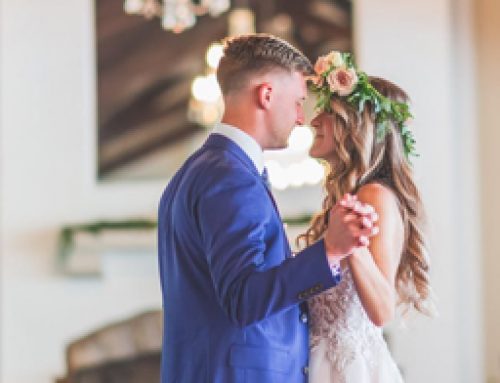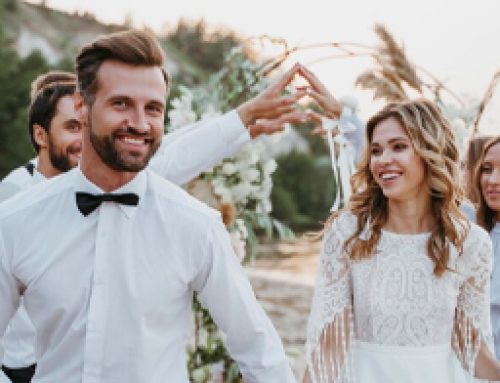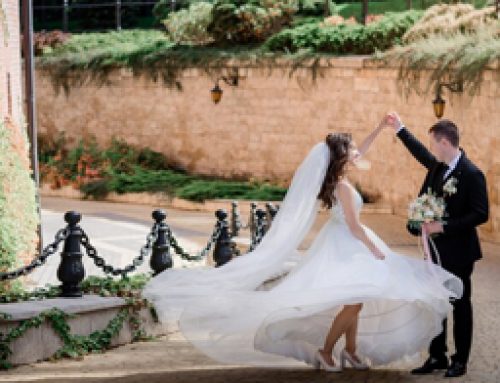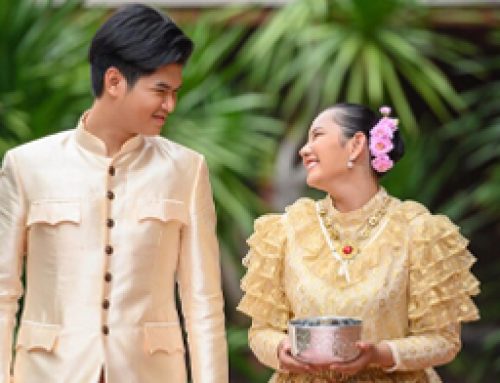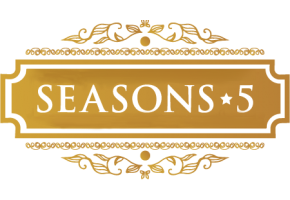Vietnamese Wedding Traditions
Vietnamese wedding traditions are rich in culture, symbolism, and customs that have been passed down through generations. These traditions reflect the importance of family, community, and ancestral heritage. Let’s explore some of the key elements and rituals that make up a traditional Vietnamese wedding:
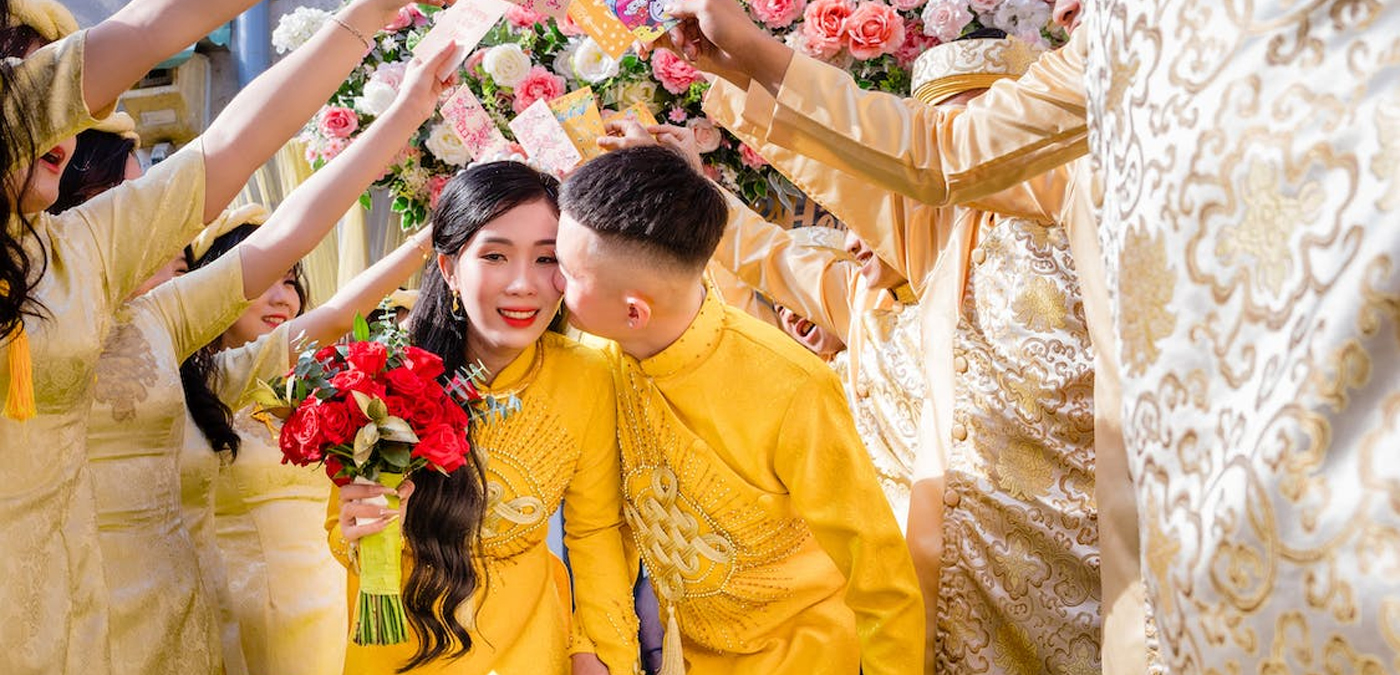
Engagement Ceremony (Dam Hoi):
The engagement ceremony is the first formal step in the Vietnamese wedding process. It usually takes place several months before the wedding day. During this ceremony, the groom’s family visits the bride’s family to officially ask for her hand in marriage. The families exchange gifts and perform rituals to symbolise the union of the two families. This ceremony is an opportunity for the families to get to know each other better and strengthen the bond between them.
Pre-Wedding Rituals:
- Hair Cutting Ceremony (Le Cắt Tóc): The Hair Cutting ceremony is performed a few days before the wedding. The bride and groom visit a temple or their family’s ancestral altar, where a respected elder cuts a lock of hair from their heads. This ritual is believed to symbolise the beginning of a new chapter in their lives and the shedding of any past misfortunes.
- Procession of Gifts (Le An Hoi): The groom’s family prepares a collection of gifts, including betel leaves, areca nuts, fruits, wine, and other traditional items. They present these gifts to the bride’s family as a gesture of respect and gratitude. This ceremony signifies the groom’s commitment to providing for the bride and her family.
Wedding Day Ceremony:
- Tea Ceremony (Le Te): The tea ceremony is one of the most important rituals in a Vietnamese wedding. The newlywed couple pays respects to their ancestors by presenting them with tea and receiving blessings. This ceremony symbolises gratitude, honouring family values, and seeking blessings for a happy and harmonious marriage.
- Traditional Wedding Attire: The bride typically wears an Ao Dai, a long, elegant dress, often in red or pink, symbolising luck and happiness. The groom wears a simpler version of the Ao Dai or a Western-style suit. These traditional outfits represent the cultural identity and heritage of the couple.
- Exchange of Rings and Vows: Similar to Western weddings, Vietnamese couples exchange wedding rings and recite vows to express their love and commitment to each other. This is a modern addition to Vietnamese weddings influenced by Western customs.
- Reception and Banquet: After the ceremony, a grand reception is held, featuring a lavish banquet with traditional Vietnamese dishes. Family and friends gather to celebrate the union of the couple, offering well wishes, toasts, and gifts. There may be live music, performances, and traditional dances to entertain the guests.
Post-Wedding Traditions:
- Return to the Bride’s Family (Ruoc Dau): After the wedding, the bride returns to her parents’ home for a few days. This tradition symbolises her gratitude and respects her parents for raising and nurturing her.
- Honeymoon: After the bride returns to her husband’s home, the couple embarks on their honeymoon, often traveling to a romantic destination to celebrate their new life together.
Vietnamese wedding traditions emphasise the values of family, respect, and cultural heritage. These customs create a beautiful tapestry of rituals that bring couples, families, and communities together, ensuring that Vietnamese weddings are not only a celebration of love but also a way to honor tradition and ancestral ties.
Seasons5 in Point Cook is the perfect destination to hold your wedding. From the venue to onsite catering, our team is there to make your special day memorable. Your guests can relax in our luxurious accommodation or unwind at our Day spa. Feel free to reach out to us on 03 8376 5300 or email us at contact@seasons5.com for more details.




